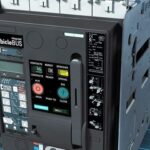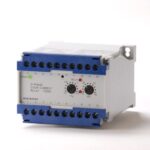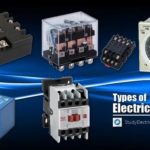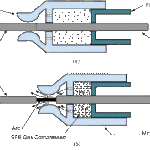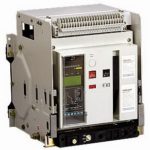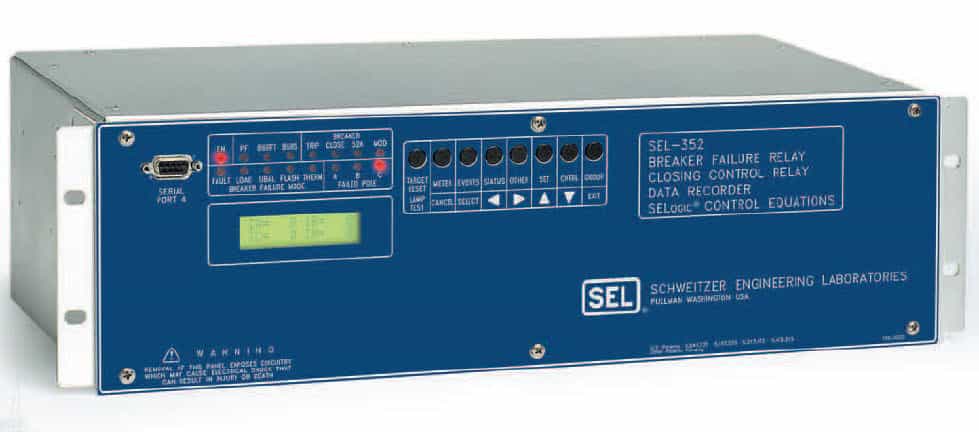
In such instances, the answer is invariable local back-up protection for circuit breaker failure and, in many cases, local back-up protection for relay failure. In some instances, the need for positive, high-speed clearing of all faults is so acute that two separate sets of primary relaying have been employed, with one set arbitrarily designated as a back-up.
The primary objective of back-up protection is to open all sources of generation to an uncleared fault on the system. To accomplish this objective, an adequate back-up protective system must meet the following functional requirements:
- It must recognize the existence of all faults which occur within its prescribed zone of protection.
- It must detect the failure of the primary protection to clear any fault as planned
- In clearing the fault from the system, it must
- Initiate the tripping of the minimum number of circuit breakers.
- Operate fast enough (consistent with coordination requirements) to maintain system stability, prevent excessive equipment damage, and maintain a prescribed degree of service continuity.
Breaker failure relays are required to give a rapid trip when the primary circuit breaker does not break properly at e.g. a short circuit in the network. The faulty section of the network could in this way be tripped separately.
Breaker failure relays are referred to as back-up protection devices which are applied as stoppage protection relays for the most relays. As a case in point breaker failure relay is employed as a backup device for the differential relay of an influence power transformer and additionally for distance relay of a conductor.
Why Breaker Failure?
In this case, the circuit breaker will not be tripped and so, to isolate this fault, the bus bar at which this equipment is connected must be completely isolated by tripping all the equipment connected to it by a delayed time.
Then, the only connected equipment to this bus bar is the faulted one. In this case, the faulted equipment has no current passing through it so, it is can be disconnected manly by isolates.
How Breaker Failure Relay Operate?
There are three conditions must be satisfied for the operation of breaker failure relay which are
- Tripping signals from any main protection relay of the faulted equipment are exist.
- The circuit breaker of the faulted equipment is still connected (n.o. auxiliary contact from a circuit breaker is used).
- There is current passing through this equipment even if it is valued is very small.
The figure shows the wiring diagram of the breaker failure circuit. Tripping circuit of breaker failure relay is similar to the tripping circuit of the bus bar protection relay. In general breaker failure relay may use the same tripping circuit of bus bar protection relay.

